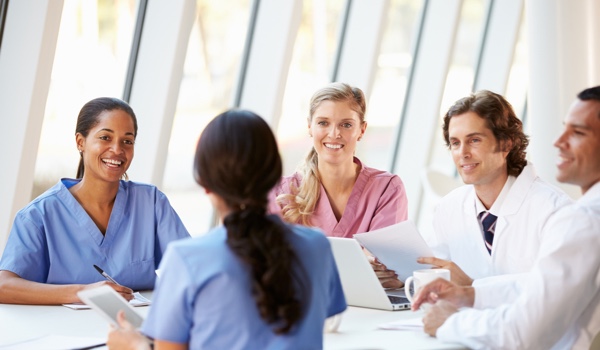


LOS ANGELES - Will physicians soon be replaced by ‘doctor robots’? Probably not. However, robots have recently been making a large impact in the healthcare industry - from helping the elderly walk, to aiding surgeons, to provide emotional comfort to them, to drones that deliver and manage medication. All this means that robots might be the new stars of healthcare tech.
Healthcare robots are not all the same, however. There are many subcategories, include surgical robots, telepresence robots, rehabilitation robots, pharmacy robots, and others. Each of these is dedicated to a small number of specialized tasks.
Surgical robots
Surgical robots are designed to assist surgeons in performing minimally invasive procedures with high precision and accuracy. They provide a three-dimensional view of the surgical site, and their robotic arms can be controlled with greater dexterity than human hands. The Da Vinci Surgical System is one of the most widely used surgical robots used to perform minimally invasive surgeries. This robot uses a console that is operated by a surgeon to control the robot's movements. It has been shown to improve surgical outcomes and reduce complications.
Surgical robots are used in various common procedures, including prostatectomies, hysterectomies, and cardiac surgeries. They can provide greater precision and control, reduce blood loss and scarring, and shorten hospital stays. According to a study the Journal of Medical Systems, robotic surgery is also associated with lower mortality rates, shorter operating times, and fewer complications compared to traditional surgery.
A report by Grand View Research found the market for surgical robots will reach USD11.8 billion by 2025, with a compound annual growth rate (CAGR) of 10.4 percent. While some patients still feel uncomfortable with the idea of a robot led oper
The content herein is subject to copyright by The Yuan. All rights reserved. The content of the services is owned or licensed to The Yuan. Such content from The Yuan may be shared and reprinted but must clearly identify The Yuan as its original source. Content from a third-party copyright holder identified in the copyright notice contained in such third party’s content appearing in The Yuan must likewise be clearly labeled as such. Continue with Linkedin
Continue with Linkedin
 Continue with Google
Continue with Google









 987 views
987 views








